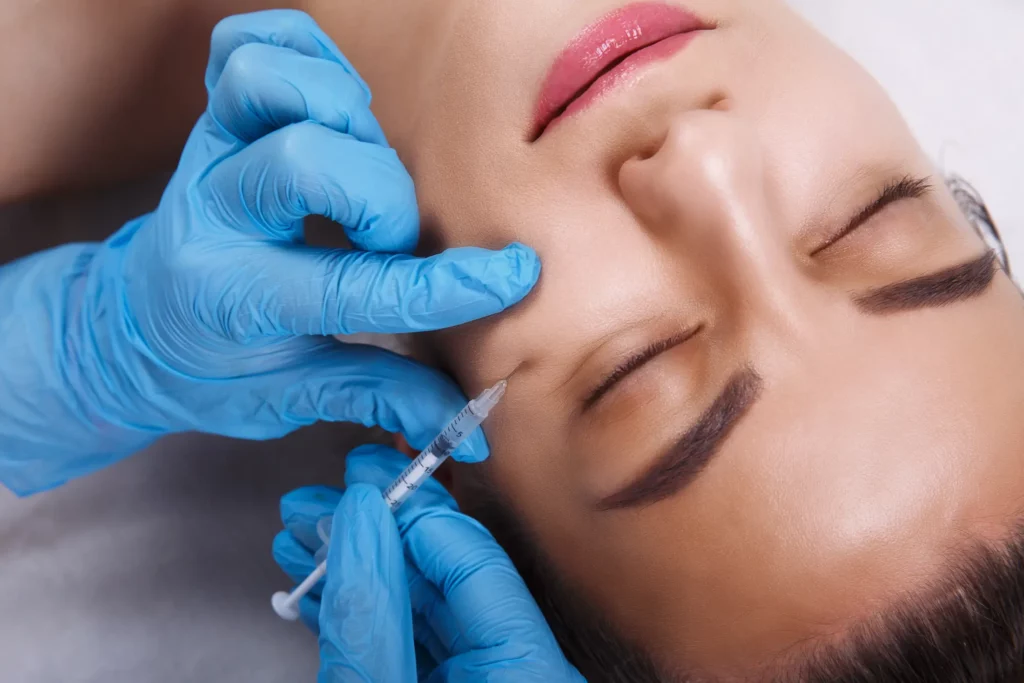As an aesthetic practitioner, your primary goal is to ensure the best possible results for your patients. A full face approach, which involves assessing and where necessary, treating the entire face and neck, is essential to achieve outstanding outcomes with botulinum toxin treatments. This comprehensive strategy can lead to higher patient satisfaction and increased demand for your services. In this article, we will discuss the benefits of the full face approach, identify ideal candidates, and explore how to tailor treatments for different age groups and individual aesthetic goals.
Benefits of a full face approach
Dr Holly Cole-Hawkins, a leading facial aesthetics practitioner and clinical trainer at the Avanti Aesthetics Academy, highlights that the primary advantage of the full face approach is that it addresses the face holistically, especially in terms of rejuvenation. By treating multiple areas simultaneously, practitioners can better achieve patient goals, save time, and ultimately lead to improved treatment outcomes.
Ideal candidates for a full face approach
While all patients should be assessed holistically, the best candidates for full face botulinum toxin treatments are typically those seeking rejuvenation and a more balanced facial appearance. Dr Holly recommends that practitioners assess the patient’s entire face and neck area to identify areas that may benefit from botulinum toxin treatments and create a treatment plan tailored to the individual’s aesthetic goals.
Addressing common signs of ageing
To address common signs of ageing, Dr Holly suggests combinations such as treating the forehead, crow’s feet, frown lines, and bunny lines for upper face concerns; masseter muscles for a more balanced jawline; and platysma muscles to reduce neck bands. She emphasises the importance of understanding facial anatomy, muscles, and their functions to provide the best results.
Tailoring your botox treatments for different age groups
- Patients in their 20’s: Botox is a great preventative tool for addressing early signs of ageing, such as fine lines and loss of volume.
- Patients in their 30’s and 40’s: Focus on treating more pronounced lines and wrinkles, as well as volume loss.
- Patients 50 and above: A combination of treatments targeting sagging skin, volume loss, and deep wrinkles is often most effective.
Adapting to individual aesthetic goals, including feminisation and masculinisation
Understanding the unique aesthetic goals of each patient is crucial, as it allows practitioners to tailor treatments accordingly. For those seeking a more masculine appearance, treatments may focus on enhancing facial features such as a strong jawline, more prominent brow, and a defined nose. Conversely, those seeking feminisation may desire a softer, more rejuvenated look, which can be achieved by addressing multiple areas and using different techniques.
In the case of transgender patients or those seeking gender-affirming treatments, it is essential to work closely with them to understand their specific goals and develop a personalised treatment plan that best aligns with their desired appearance. By being sensitive to each patient’s unique needs and preferences, practitioners can ensure a more inclusive and personalised approach, ultimately leading to higher patient satisfaction and loyalty.
Increased revenue from treating more areas
By adopting a full face approach when assessing your patients, you can increase your revenue by offering comprehensive treatment plans that address multiple areas in one session. This not only saves time for both you and your patients, but also allows for a more cost-effective treatment plan that can lead to higher patient satisfaction and loyalty.
Why a full face approach for botox treatment is essential for dentists
For dentists, incorporating a full face approach to Botox treatments is essential. Their deep understanding of facial anatomy and the neuromuscular system positions them well to provide comprehensive and holistic aesthetic solutions that complement their patients’ oral and facial health.
Investing in Comprehensive Training
Mastering the full face approach requires a solid understanding of anatomy and injecting techniques. Investing in comprehensive training, such as the Fundamental 5 course (Foundation Botox & Dermal Fillers), will provide an excellent education in injectables and a thorough grounding in aesthetic medicine principles. By enhancing your skills and expertise, you can elevate your practice, deliver superior full face botulinum toxin treatments for your patients, and boost your reputation and success in the field of aesthetics.

